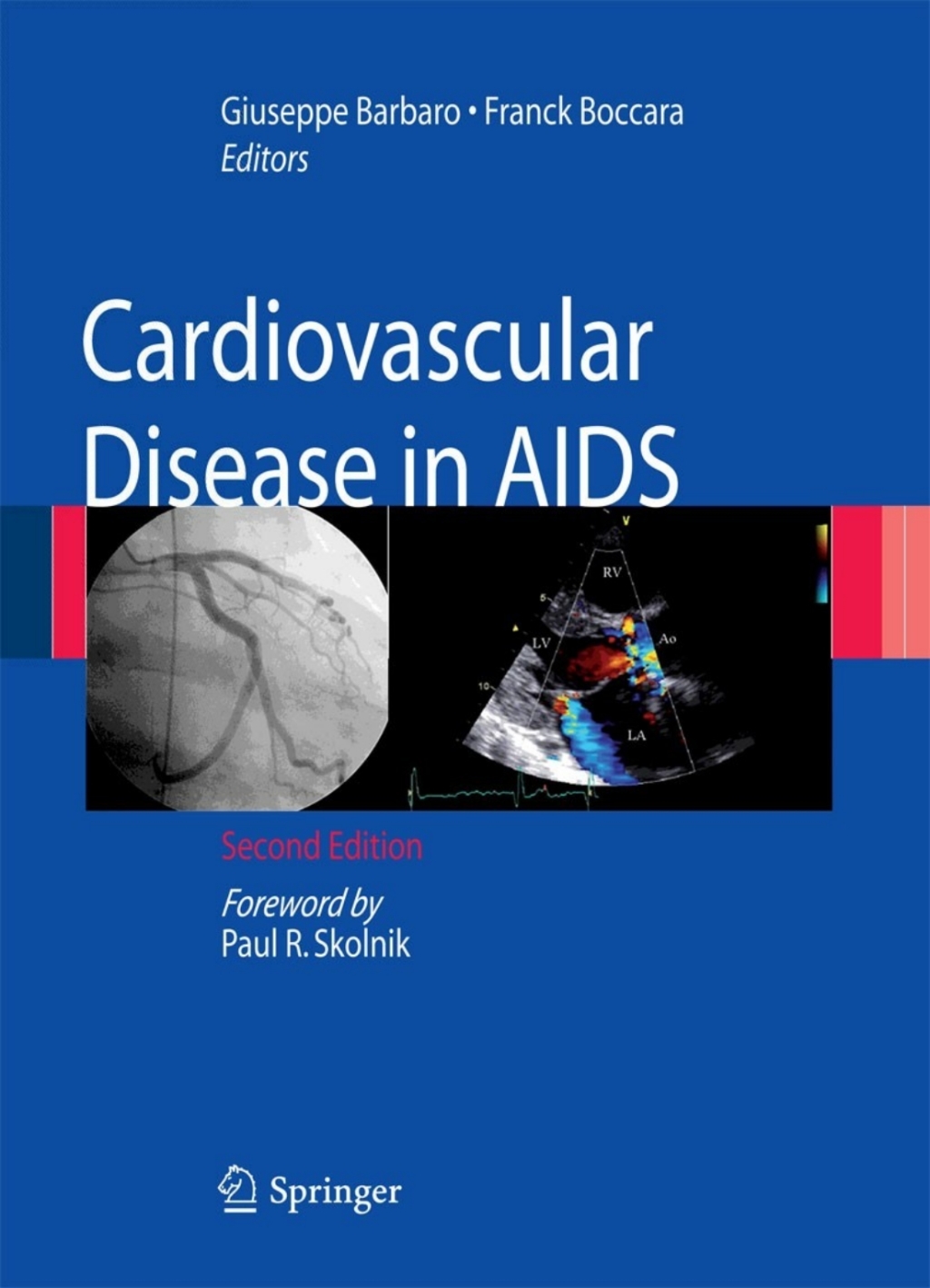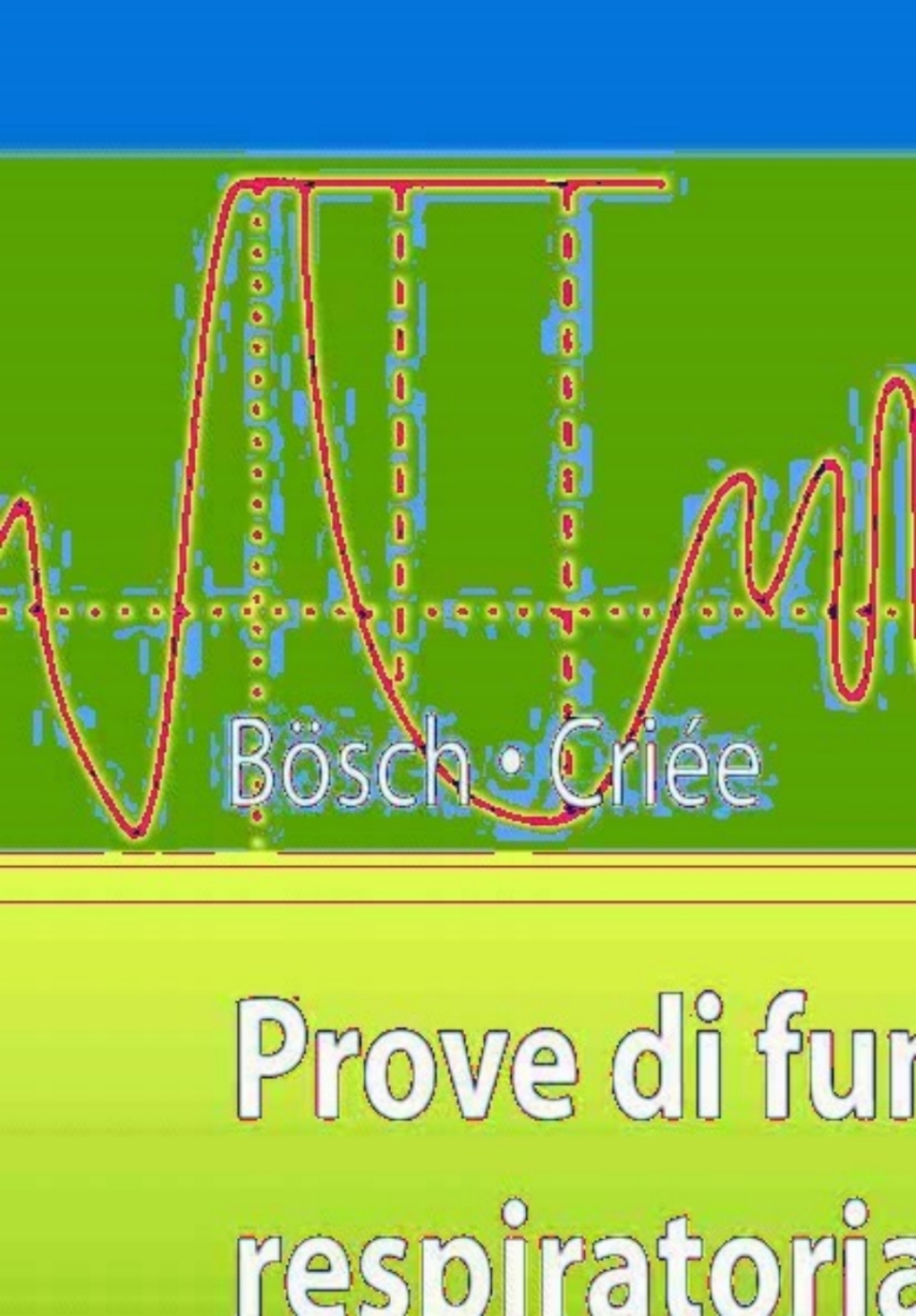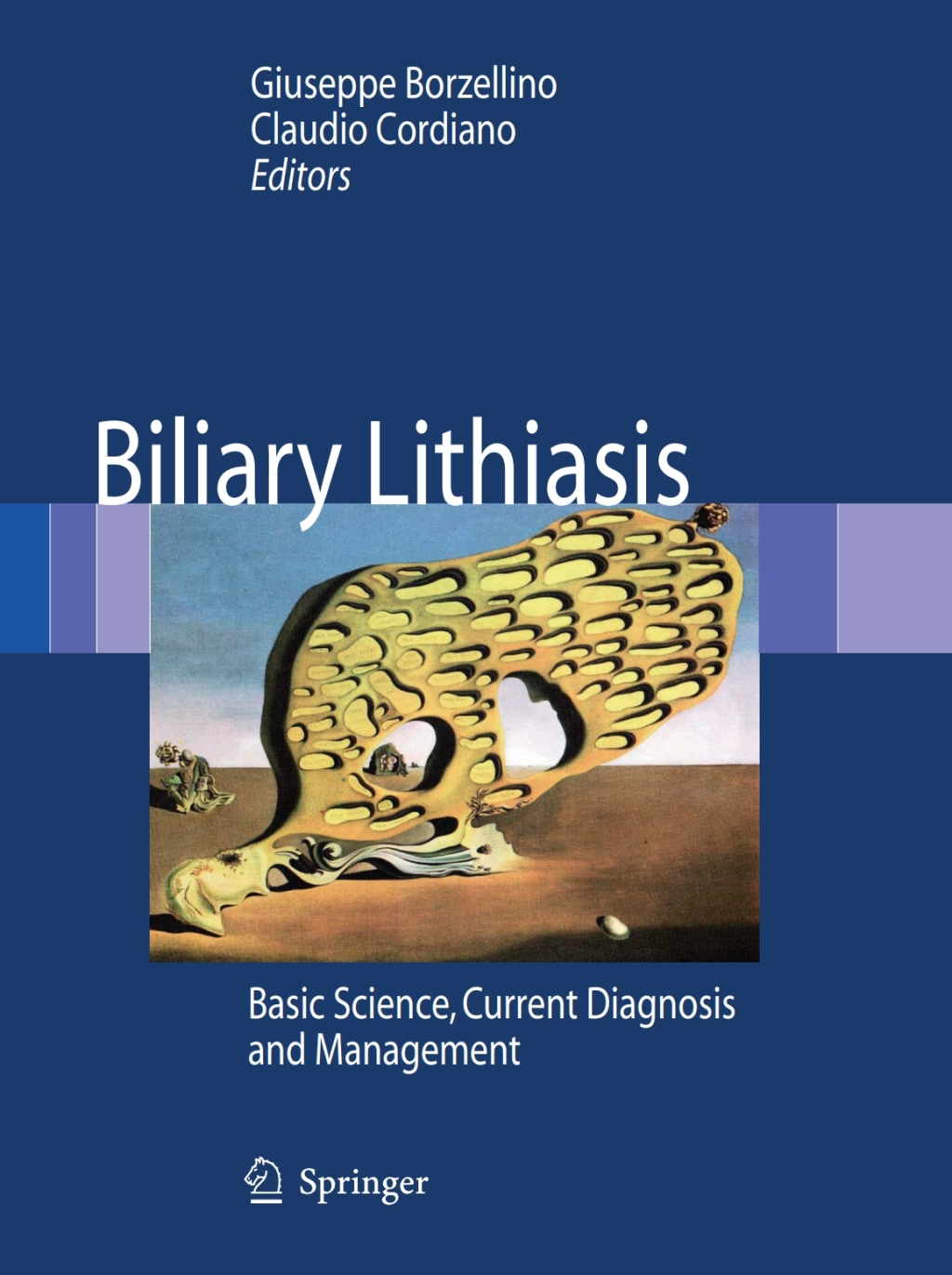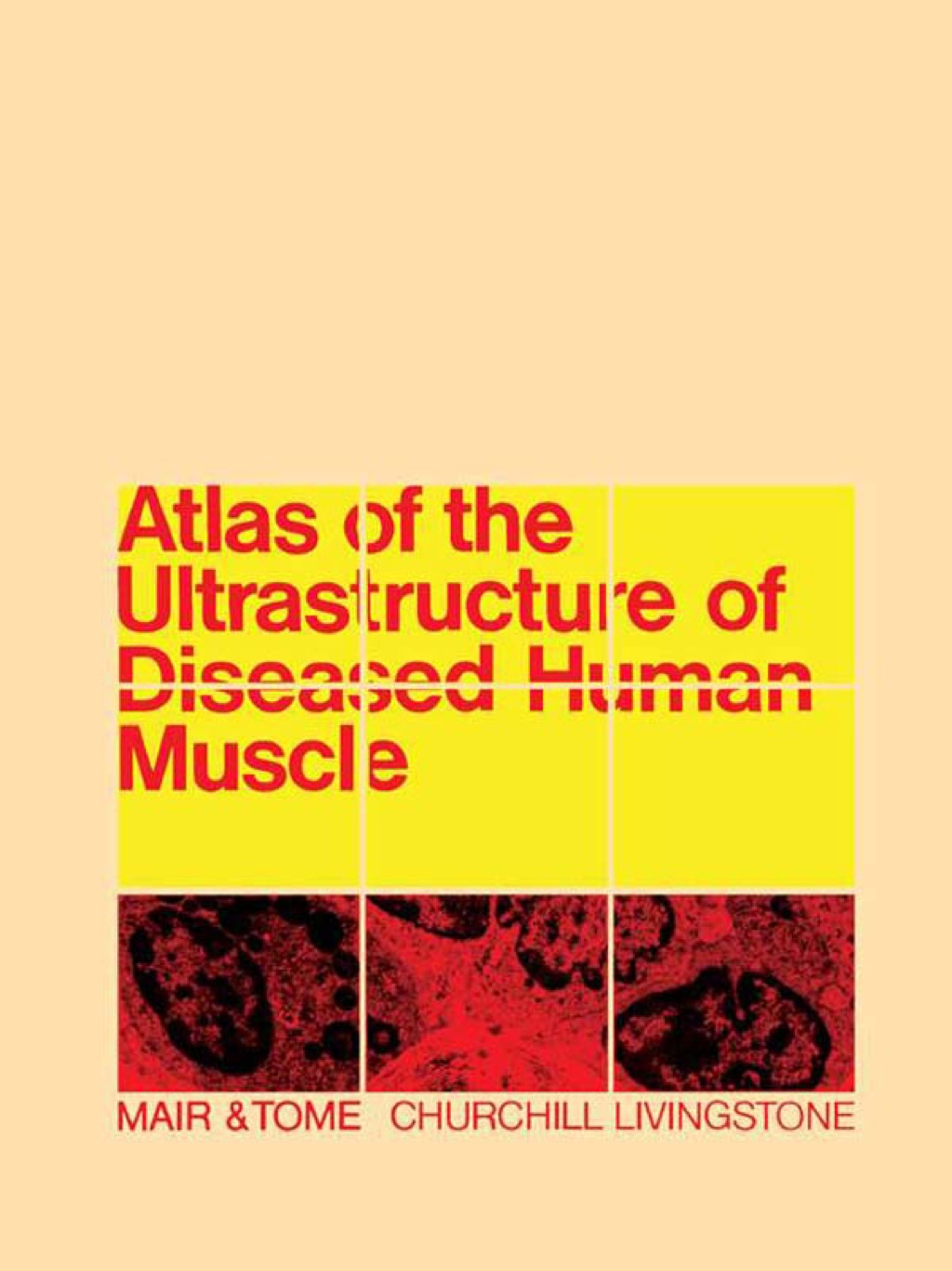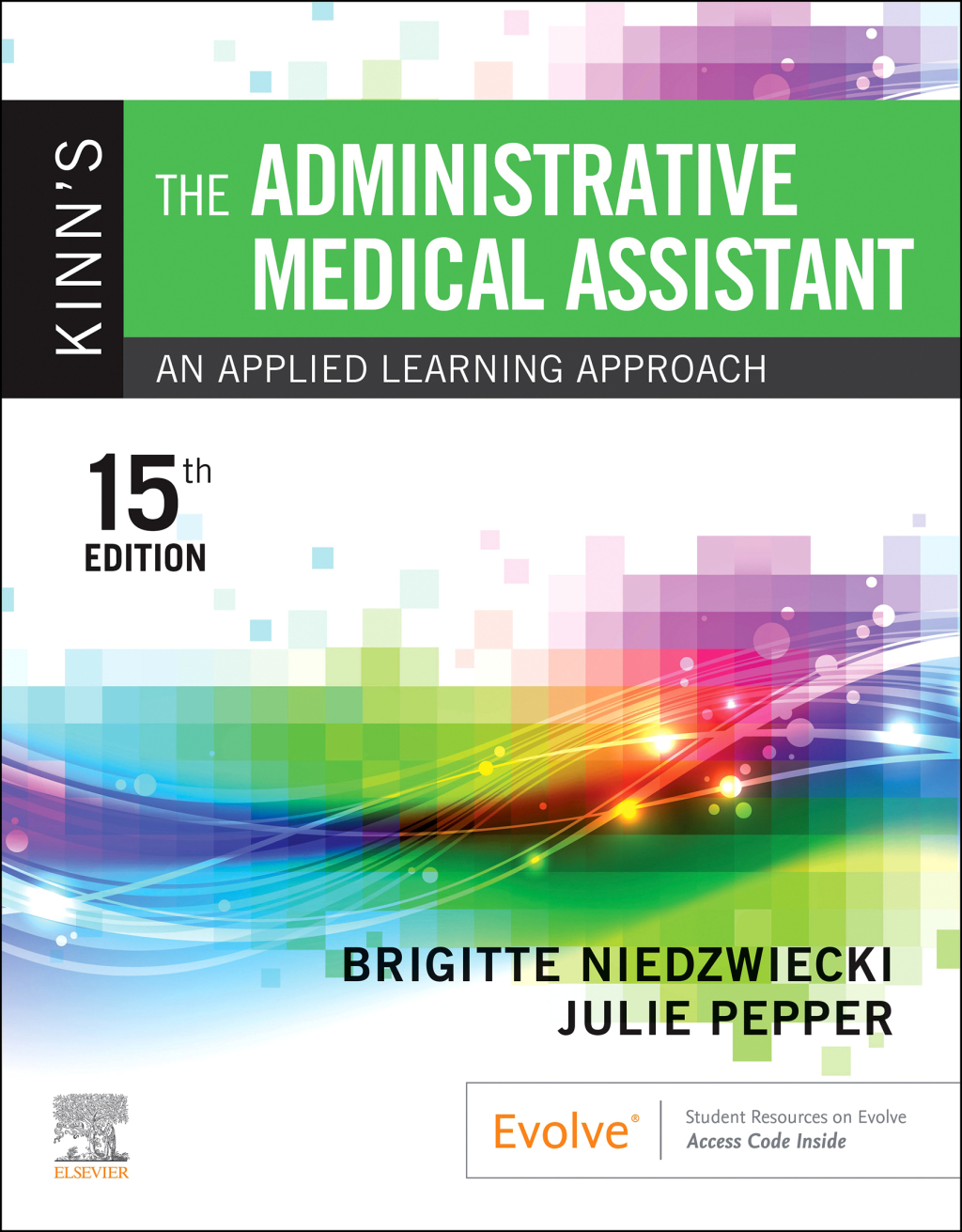The first laparoscopic cholecystectomy, performed by Prof. Philippe Mouret in 1987 and described by himself in the first chapter of this book, was an event that revolutionized surgery in the past few decades. Although the majority of surgeons today are unfamiliar with the his- ry of early minimally invasive surgery developments, it is important to realize that the advent of laparoscopy led not only to new surgical te- niques, but also to a change in the doctrine of medical care, by streng- ening the concept of minimal invasiveness. This is particularly the case for biliary lithiasis, for which laparoscopy has provided major benefits in terms of both diagnosis and surgical tre- ment. However, our understanding of the etiology of this disease, as well as the availability of effective medical therapies, have remained subst- tially unchanged over time. The application of the innovative approach has not been, in routine practice, without problems: between 1990 and 2000, the rate of serious complications from laparoscopic cholecystectomy were four times higher than those observed with open surgery. Even initial attempts at lapa- scopic treatment of biliary common bile duct stones resulted in excessive complications and associated medico-legal problems. Nonetheless, today, most indications have been stated, techniques have been standardized, and a new aspect to the treatment of biliary lithiasis has appeared.
“Patient Transport:Principles and Practice 6th Edition” has been added to your cart. View cart
Biliary Lithiasis Basic Science, Current Diagnosis and Management 1st Edition
Author(s): Giuseppe Borzellino; Claudio Cordiano
Publisher: Springer
ISBN: 9788847007628
Edition: 1st Edition
$39,99
Delivery: This can be downloaded Immediately after purchasing.
Version: Only PDF Version.
Compatible Devices: Can be read on any device (Kindle, NOOK, Android/IOS devices, Windows, MAC)
Quality: High Quality. No missing contents. Printable
Recommended Software: Check here

